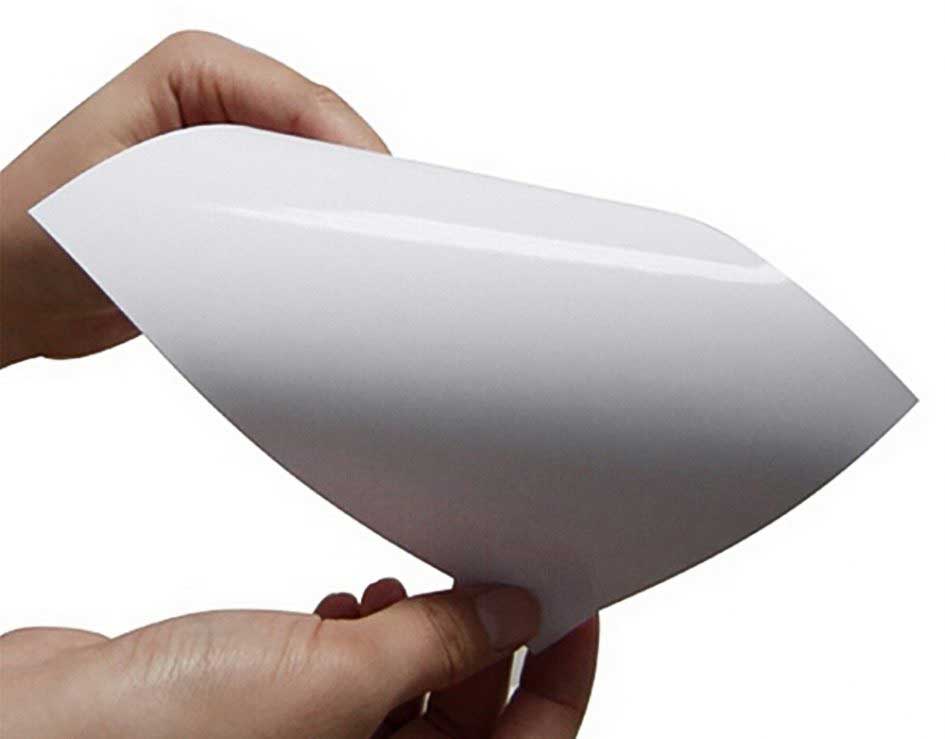Reviewed by Anurag Mishra (Sr. Technical Consultant)

Gloss is an important feature of our visual perception of objects. The surface that has high reflectance are seen as glossy, shiny or lustrous. Less reflective surfaces are seen as semi-gloss or matt. The interaction of light with the physical characteristics of the surface are used to create a gloss. With the rising tendency of customers towards glossy colors, there is a rising demand for gloss meters in various industries. Matching with the customer’s choice and taste, the advertising industry is at a high rise. Glossy finish products and banners are in demand. How will you decide the texture to get the reliability all through the product line?
To resolve this problem color measurement equipments like gloss meters are used all over the globe. Gloss is an aspect of any material to reflect light in all directions. Usually, smooth surfaces reflect the light appearing it to be glossy.
Gloss is measured by an instrument known as Gloss Meter. It assigns a gloss unit (GU) to a specified surface. The GU scale of a gloss meter is based on a highly polished, reference black glass with a defined refractive index having specular reflectance of 100 GU at the specified angle. The scaling is suitable for non-metallic coatings like plastic and paint. For other highly reflective surfaces like mirrors or plated and raw metals, higher values of 2000 GU can be reached when measured at 20 degrees. Some industries select to adopt 20.60/85° angles specified in ASTM D523. 20° measures 10mm X 10mm area, 60° measures 9mm X 15mm area, 85° measures 5mm X 36mm area.
The subjective understanding of appearance depends on the personal experience of the viewer. A glossiness of any material may appear different from the paper manufacturer but might appear dull to an automotive maker. Hence, the gloss must be checked by focusing on the reflected image and not on the surface. The visual judgement of surface gloss purely depends on the visual inspection and mood of any human. The technology behind Gloss Meter – Digital is complicated but actually using the meter could not be easier. To measure the gloss of any item, light reflected off of the surface of that item at a pre-specified angle.
Gloss Meter Supplier must measure the gloss perspective accurately. If the measurement done at 60° is greater than 70GU, the measurement angle should be changed to 20° to optimise measurement accurately. Two additional angles are used for other materials. An angle of 45° is specified for the measurement of ceramics, films, textiles, and anodised aluminum while 75° is specified for paper.